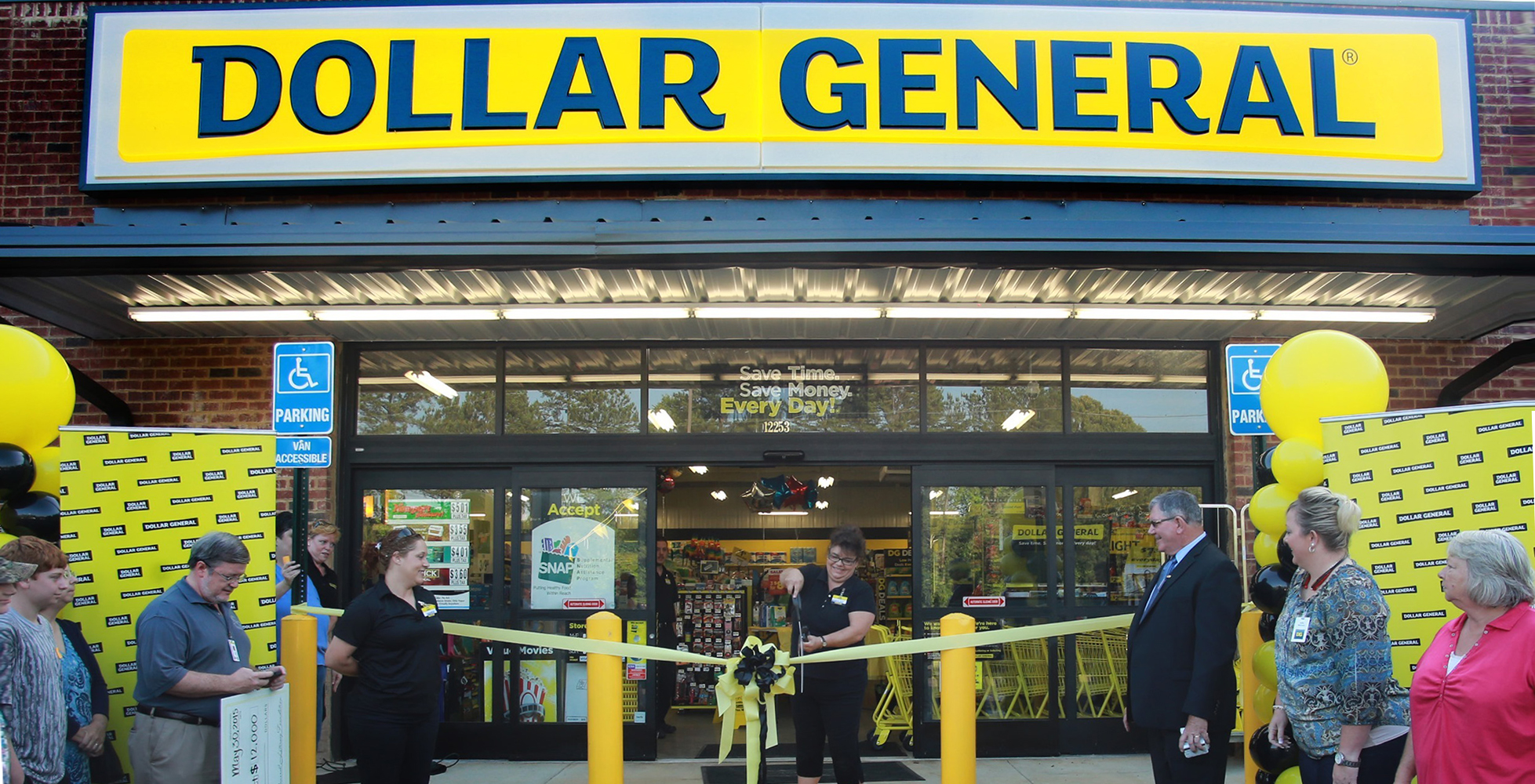Founded in 1955 in rural Kentucky, today Dollar General is a formidable presence in the discount store market. With a projected expansion of 1,000 stores in 2017, Dollar General’s growth is expected to continue on its lofty trajectory. When examining the explosive growth of Dollar General, there are a few key factors that are of particular note. First, Dollar General’s rural market allows them to avoid competition with big-chain brands such as Walmart. Second, Dollar General occupies a specific place in the market that has experienced an increased market presence since the economic downturn in 2008. Lastly, Dollar General employs a barebones operational structure, driving down the costs of operations and reinforcing their pricing model. When taken together, these factors have propelled the explosive growth of Dollar General in the last decade.
Rural Market
From its foundation, Dollar General has stayed true to their rural roots. Not only have they maintained a presence in rural America, but they have relied on their rural market to propel them forward. Dollar General’s dominance in the discount market has always been overshadowed by the true giant discount chain, Walmart. In a head-on competition, Dollar General knew they wouldn’t be able to compete with Walmart’s massive scale and infrastructure. Yet both companies have their most dominant presence in rural America. Dollar General’s response has been to avoid any direct competition with Walmart, instead choosing to locate stores in towns where Walmart doesn’t have a store, or where the Walmart is inconveniently far away. This model has worked well for Dollar General, and when combined with their operational structure has allowed them to thrive in a rural market. That said, Dollar General is projecting greater expansion into cities and urban areas in the coming years, as their foothold over the discount store market increases.
Discount Stores and the Economy
Dollar General is also capitalizing on a surge in growth in the discount store market that resulted from the economic downturn of 2008. Since 2008, discount stores such as Dollar General, Dollar Tree, and Big Lots, have attracted increased customers due to their advantageous pricing structure. Discount stores offered a similar savings to big-box chains such as Walmart, as well as the convenience of carrying a variety of different goods. This has allowed price-conscious consumers to do all of their shopping in one place, and at an excellent value. The popularity of discount stores in today’s economy is obvious in the consistently high rankings that discount stores occupy for retail growth each quarter. This growth is not expected to slow down. Dollar General itself has become a mainstay for rural American shopping, and is often the only one-stop shop available to nearby people. When this is taken into consideration, Dollar General is expected to continue to maintain the trajectory of their growth over the coming years.
Structure and Pricing Model
The lean structure and aggressive pricing model of Dollar General has contributed significantly to their explosive growth. Dollar General is renowned for their barebones operation. They invest as little as possible in infrastructure and staffing. Rather than purchase their storefronts, they elect to lease them. Typically made of metal at a very low cost, Dollar General stores are a no-frills reflection of their approach to their organization structure. Dollar General stores also elect for very little staffing, frequently only have 3-4 employees working at a time. Limited staffing and investment in infrastructure has allowed Dollar General to operate with very little overhead. This has been used to support their aggressive pricing model, which is at the heart of their appeal to consumers. Along with aggressively low pricing, Dollar General has also created a niche market by offering smaller quantity items for purchase than their big-box competitor Walmart. Dollar General has found that their rural market base seeks them out for their competitive pricing, the convenience of one-stop shopping, and the smaller quantity items. Dollar General has capitalized on this by locating their rural stores next to main hubs of activity, such as the post office. These factors have been used to propel Dollar General towards explosive growth within the last decade, and allowed them to establish a strong presence across rural America.

